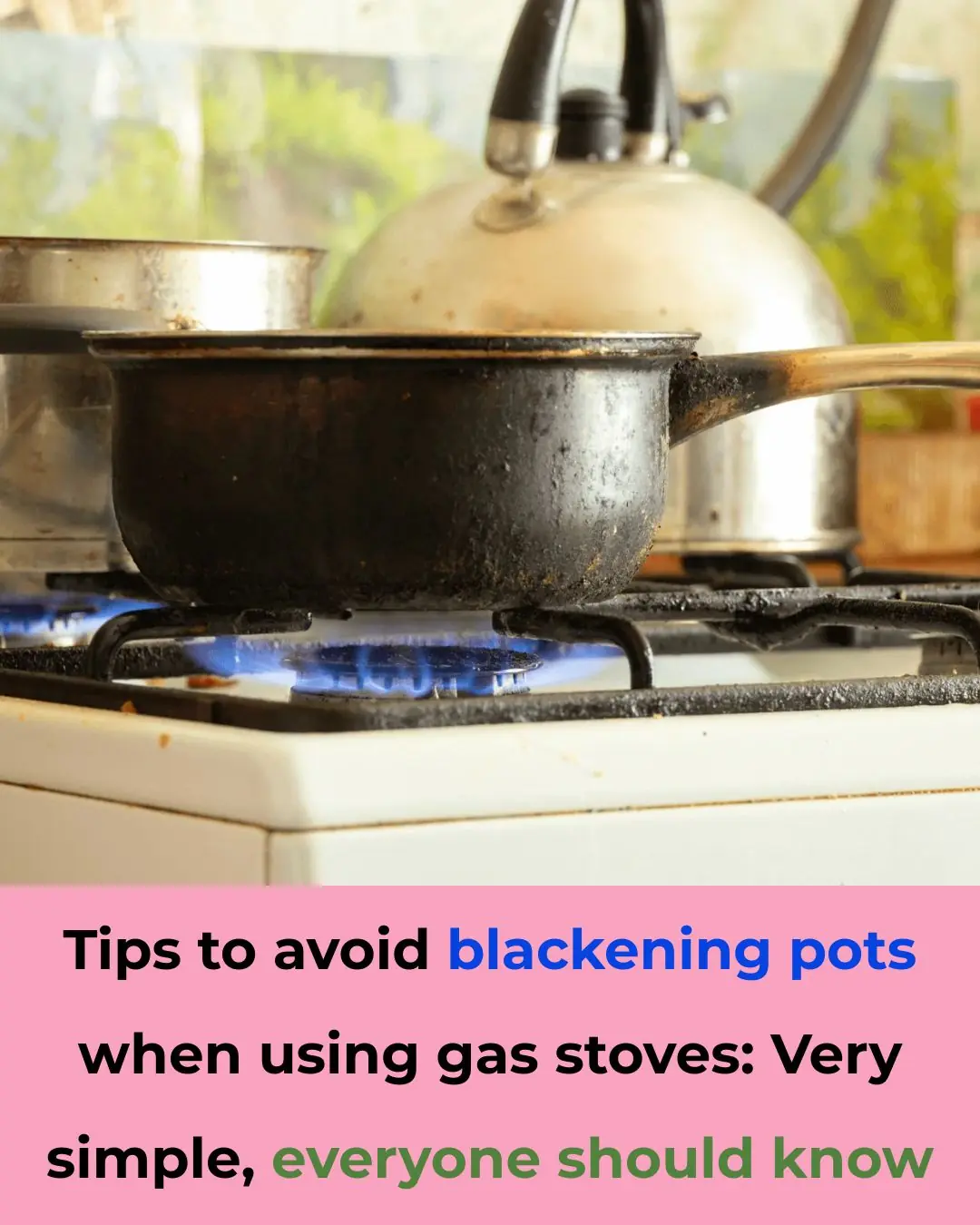
How to use potato peelings as fertilizer: for which plants, for flowers
Seasoned gardeners are no strangers to making the most of their kitchen scraps, and potato peelings are no exception. Often overlooked and discarded, potato peels are an eco-friendly treasure trove full of nutrients that can nourish your garden. This guide delves into the many benefits of potato peel fertilizer, its composition, and how to use it in various ways to enhance your plants' health and growth.
Potato Peels: More Than Just Waste
Potato skins are often thrown away without a second thought, but they are packed with nutrients. Beyond their high vitamin C content, which can help boost the ascorbic acid levels in berries, potato peels provide a wide range of essential elements for plants:

-
Starch: Acts as a growth stimulant, especially for plants like currants and roses.
-
Organic Acids: Aid in the oxidation process, improving carbohydrate digestion and absorption in plants.
-
Glucose: Vital for protein synthesis, ensuring plants have the energy needed, especially during colder months.
-
Mineral Salts: Crucial for plant health; a lack of them can compromise a plant’s immunity.
Why Your Garden Loves Potato Peels

Potato peels cater to a garden’s diverse needs:
-
Natural Nutrition: The starch in the peels supports plants during their growth cycle, providing an ongoing source of nutrients.
-
Pest Magnet: While they won’t eliminate pests, potato peels attract them to one specific area, making it easier to control their presence.
-
Subtle Heat Source: As the peels decompose, they release a small amount of warmth, which helps foster plant growth during cooler periods.
Economic and Eco-Friendly Fertilization
The best things in life are often free. Potatoes are a staple in many households, and a significant portion of this crop ends up as waste. By repurposing these peels as a natural fertilizer, you not only save money on garden nutrients but also contribute to a more sustainable way of gardening.
Potato peels are an eco-friendly solution: they are free from harmful nitrates and pesticides, and their application doesn’t require precise measurements. There’s no risk of overuse harming your plants, making them a simple, worry-free organic alternative for growing healthy plants.
Which Plants Benefit Most from Potato Peel Fertilizer?
Virtually every plant in your garden can benefit from the nutrient-rich potato peelings. Starch and glucose, both found in the peels, are particularly important during a plant’s growth phase. These organic nutrients can be especially beneficial for:
-
Berries: Currants, raspberries, and strawberries, which thrive on the added starch.
-
Melons and Squashes: These plants also benefit from the glucose and starch in potato peels.
-
Ornamental Plants: Even indoor flowers can flourish with the help of potato peel-based fertilizers.
Preparing Peels the Right Way
Fresh potato peels are a no-go! Using them raw can invite rot, pests, and plant diseases. Here are two reliable ways to prepare the peels:
-
Drying: Spread the peels out in a well-ventilated area for up to 10 days. Alternatively, you can dry them in the oven at 100°C for a few hours.
-
Freezing: Make sure the peels are clean and dry before freezing them. Freezing helps preserve the nutrients, but dried peels have the advantage of a longer shelf life.
Once frozen, thawed peels should be used immediately and should never be refrozen.
How to Craft Your Potato Peel Fertilizer

Once you’ve prepared the peels, there are several methods to convert them into plant food:
-
Infusion: This is ideal for indoor plants and berries. Pour boiling water over the peels, then let them steep for 24 hours. Use half the amount of dried peels compared to frozen.
-
Mash: For this method, use dried peels only. Soak them in boiling water and let them sit for about a week, stirring to create a pulp-like consistency.
-
Powder: Grind the peels into a fine powder using a kitchen grinder. Then, steep the powder in boiling water before using.
-
Composting: For a more gradual approach, add the peels to your compost bin. This method takes up to 18 months to break down into a mild fertilizer, but turning the pile regularly and balancing the nitrogen-to-carbon ratio can speed up the process. Fresh peels contribute nitrogen, while dried ones add carbon. Aim for a ratio of 25% nitrogen to 75% carbon.
Tip: Fresh potato peels provide nitrogen, while dried peels add carbon to your compost.
By following these methods, you can transform your potato peel waste into a valuable resource for your garden, ensuring your plants stay well-fed and thrive.
Guidelines for Using Potato Peel Nutrition in Gardening

Optimal Timing for Fertilization: Fall is the best time for organic fertilization, especially after harvest. During the winter months, organic matter will naturally decompose, enriching the soil with vital nutrients for spring.
For Young Plants: For newly sprouting plants, a mixture of potato-based flour or mash can be beneficial. Add a small amount to the planting furrow and cover it lightly with soil. Repeat this layering process as you place your saplings in the ground.
For Vine Fruits: Vine-bearing fruits like pumpkins, squashes, and cucumbers benefit greatly from potato mash-based nutrition. When planting, place the mash at the base of the planting hole, add a layer of soil, and repeat the process before placing the sapling. Regular watering with potato-infused water will further enhance growth and yield.
For Root Vegetables and Alliums: Root vegetables like carrots and alliums such as onions and garlic respond well to a potato-infused liquid feed. Water these plants bi-weekly from late May, ensuring that each plant gets direct nourishment at the roots. Be cautious not to leave potato remnants on the soil, as they may attract pests.
For Berries: Berries, such as strawberries, raspberries, and currants, can benefit from bi-annual feeding, once in the spring and again in the fall. This starchy nourishment makes the fruits larger and more flavorful. Introduce the fertilizer near the roots for quick absorption.
Composting: Potato scraps are a great addition to your compost bin, helping to accelerate the decomposition process. Just ensure the peels are from healthy potatoes to avoid introducing harmful fungi or diseases.
Pest Deterrence: Potato peel traps can attract and trap pests such as slugs and beetles. Set these traps around your garden, inspect regularly, and dispose of the pests as needed.
For Houseplants: A solution made from potato peels and boiling water (in a 1:10 ratio) can be used on houseplants once a month for a natural nutritional boost.
For Blooms: The same solution used for houseplants can also be applied to outdoor ornamental plants, particularly those with tuberous growth patterns like tulips and begonias.
For Trees: Fruit-bearing trees can also benefit from potato peel-based nutrition. Mix potato mash with warm water, let it sit for a few days, then apply it around the base of the tree, loosening the soil beforehand. Ensure the mixture is placed about 20 cm around the trunk.
Tips for Storing Potato-Based Fertilizer
Proper storage is key to keeping your potato-based fertilizer effective. Dried potato peels should be kept in paper or fabric sacks in a dry, well-ventilated area. Occasionally check for any signs of pests or mold.
If you’ve frozen the peels, they should remain frozen until you are ready to use them. Once thawed, potato peels can decompose quickly, so avoid refreezing them.
When Not to Use Potato Peelings as Fertilizer
Although potato peels can be beneficial, they aren’t suitable for all plants. Specifically, avoid using them for nightshade plants, such as peppers, tomatoes, and eggplants. These plants are susceptible to the same diseases as potatoes, and there is a risk that even well-treated potato peels could introduce harmful bacteria.
Final Thoughts
Potato peel fertilizers offer a wealth of benefits for gardeners, from enhancing soil health to boosting plant yields. With their natural, eco-friendly properties, these fertilizers provide a sustainable, cost-effective alternative to chemical fertilizers. By understanding which plants thrive on potato peel nutrition, you can make the most of this often-overlooked resource and ensure your garden flourishes year after year.
News in the same category


Dark Chocolate and Tea Found to Significantly Lower Blood Pressure

Why This Doctor Refuses to Prescribe Statins for High Cholesterol
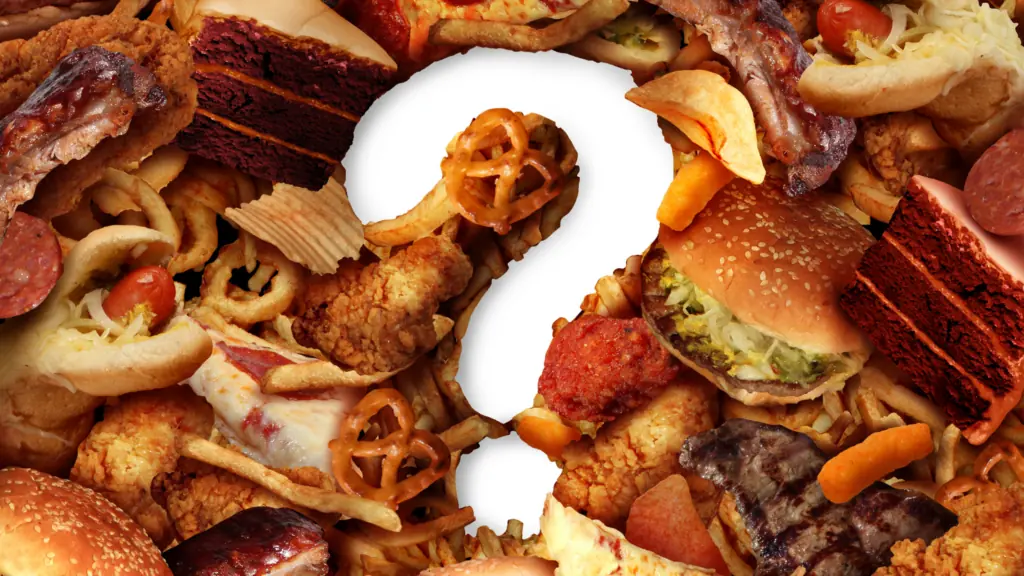
Top 5 Foods to Avoid if You Have High Blood Pressure

How bathing too often can affect your health

Did you know that if you get spots on your hands it means you have
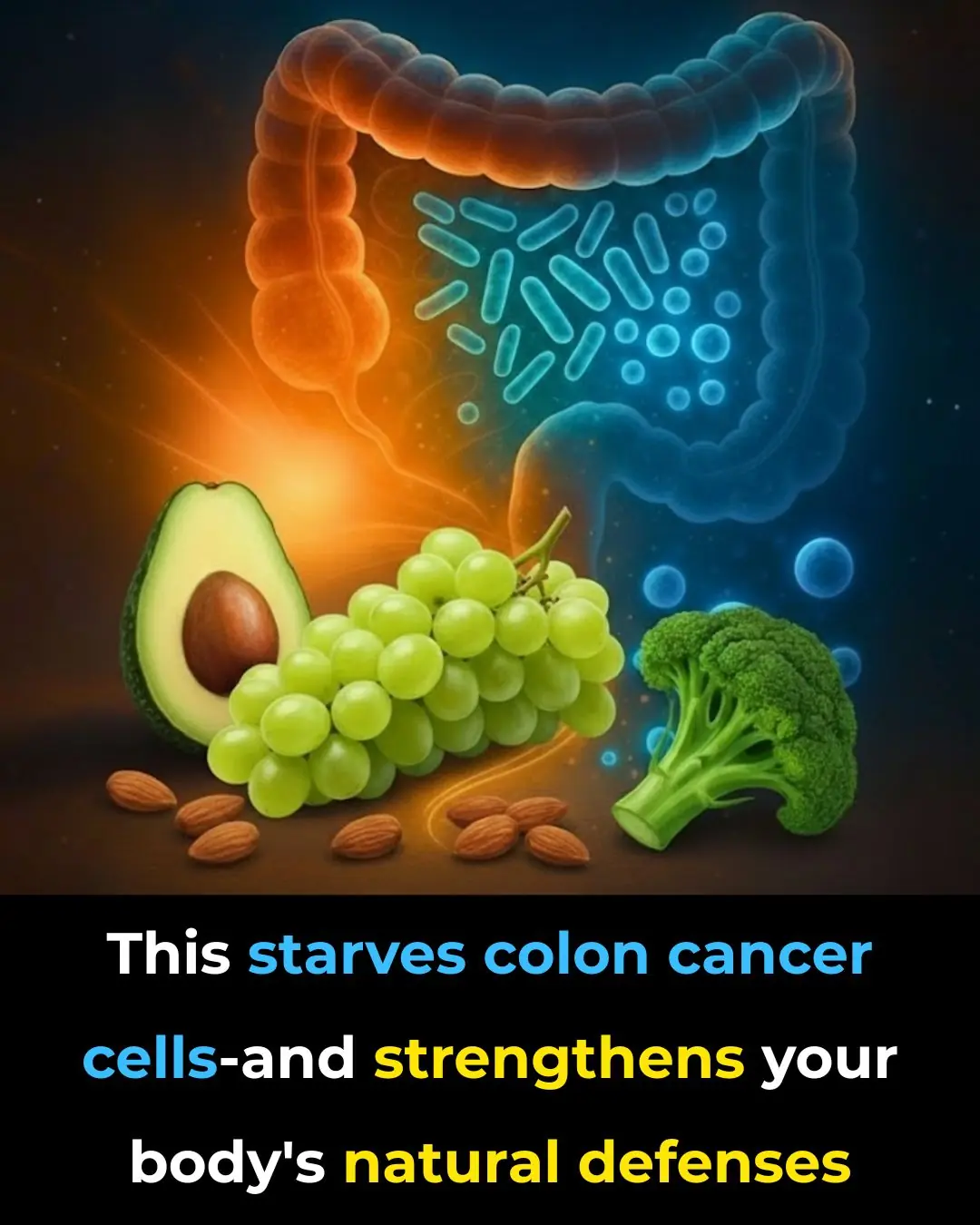
This starves colon cancer cells — and strengthens your body’s natural defenses

7 COLLAGEN-boosting foods to ERASE joint pain & inflammation FAST!

The Human Brain Isn’t Built for Late Nights, Experts Warn

Harvard Doctor Reveals Foods You Should Avoid to Prevent Inflammation

Unlock Your Body’s Hidden Power: Try Garlic and Honey on an Empty Stomach for 7 Days

Starve cancer: the diet rotation strategy you need to know

SHOCKING NEW STUDY REVEALS WHAT MIGHT BE SILENTLY DESTROYING HUMAN FERTILITY

POPULAR SHAMPOO URGENTLY RECALLED BECAUSE IT CONTAINS BACTERIA THAT KILLS UP TO ONE IN TEN PATIENTS

Nurse who's witnessed 'so many deaths' explains spine-chilling moment she realised 'what happens after we die'
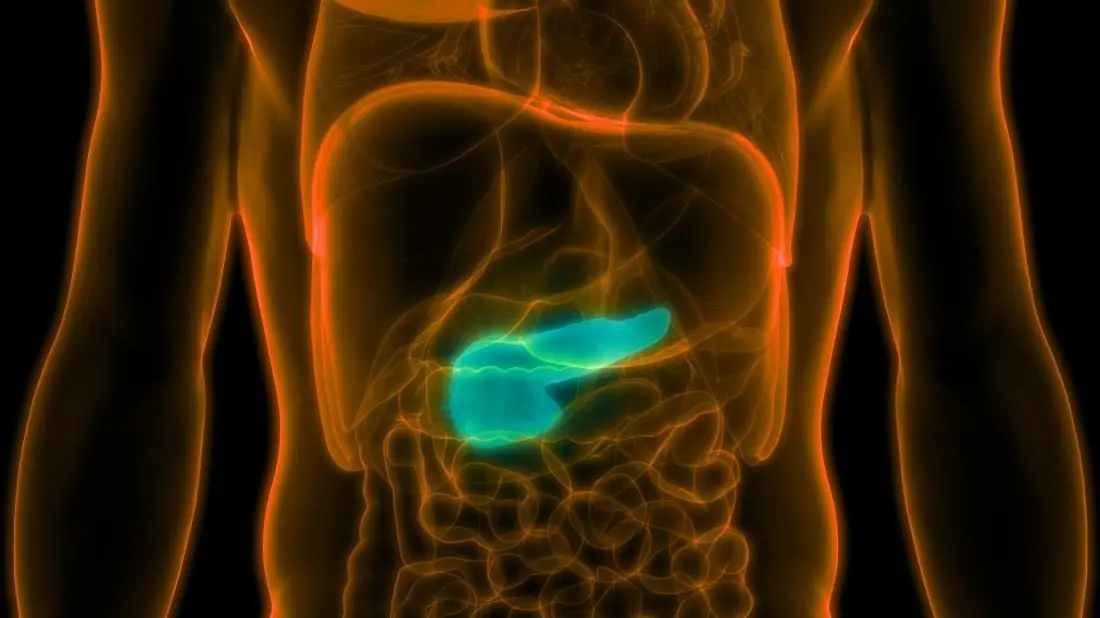
The influenza flu virus is being used to cure pancreatic cancer

Eye Doctor Reveals What To Do If You Start Seeing ‘Floaters’

If cancer cells are present in the body, these 3 symptoms often appear in the morning everyone should pay attention

3 foods you thought were bad for diabetes (but aren’t!)

CANCER IS PAINLESS AT FIRST, BIT IF YOU SEE THESE 8 SIGNS WHEN GOING TO THE TOILET, YOU SHOULD SEE A DOCTOR IMMEDIATELY
News Post

The #1 Food for Detoxifying and Supporting Kidney Health

Dark Chocolate and Tea Found to Significantly Lower Blood Pressure

Why This Doctor Refuses to Prescribe Statins for High Cholesterol

Top 5 Foods to Avoid if You Have High Blood Pressure
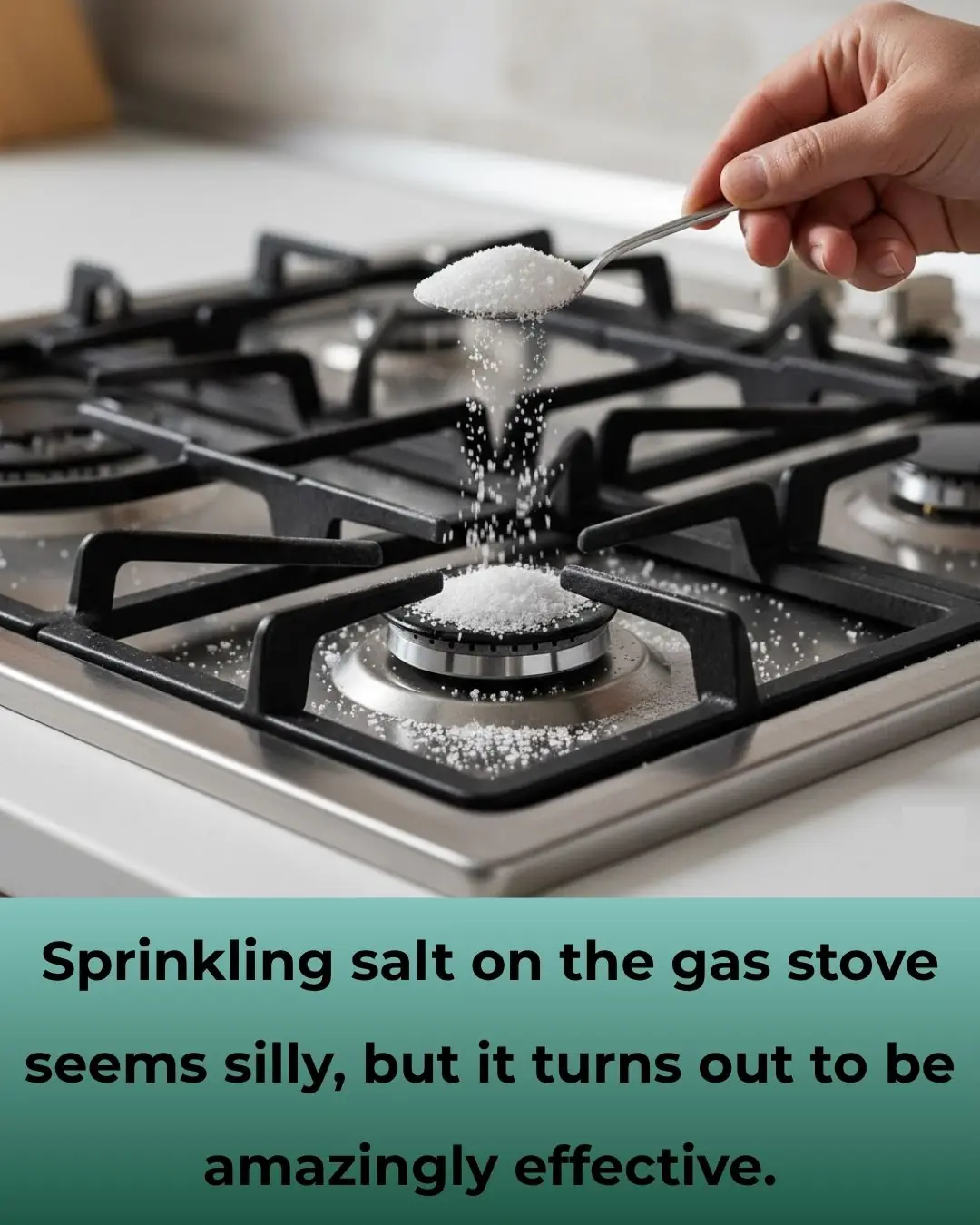
Why You Should Sprinkle Salt on Your Gas Stove

3 Flowers That Make Snakes Tremble — Natural Repellents You Can Grow at Home
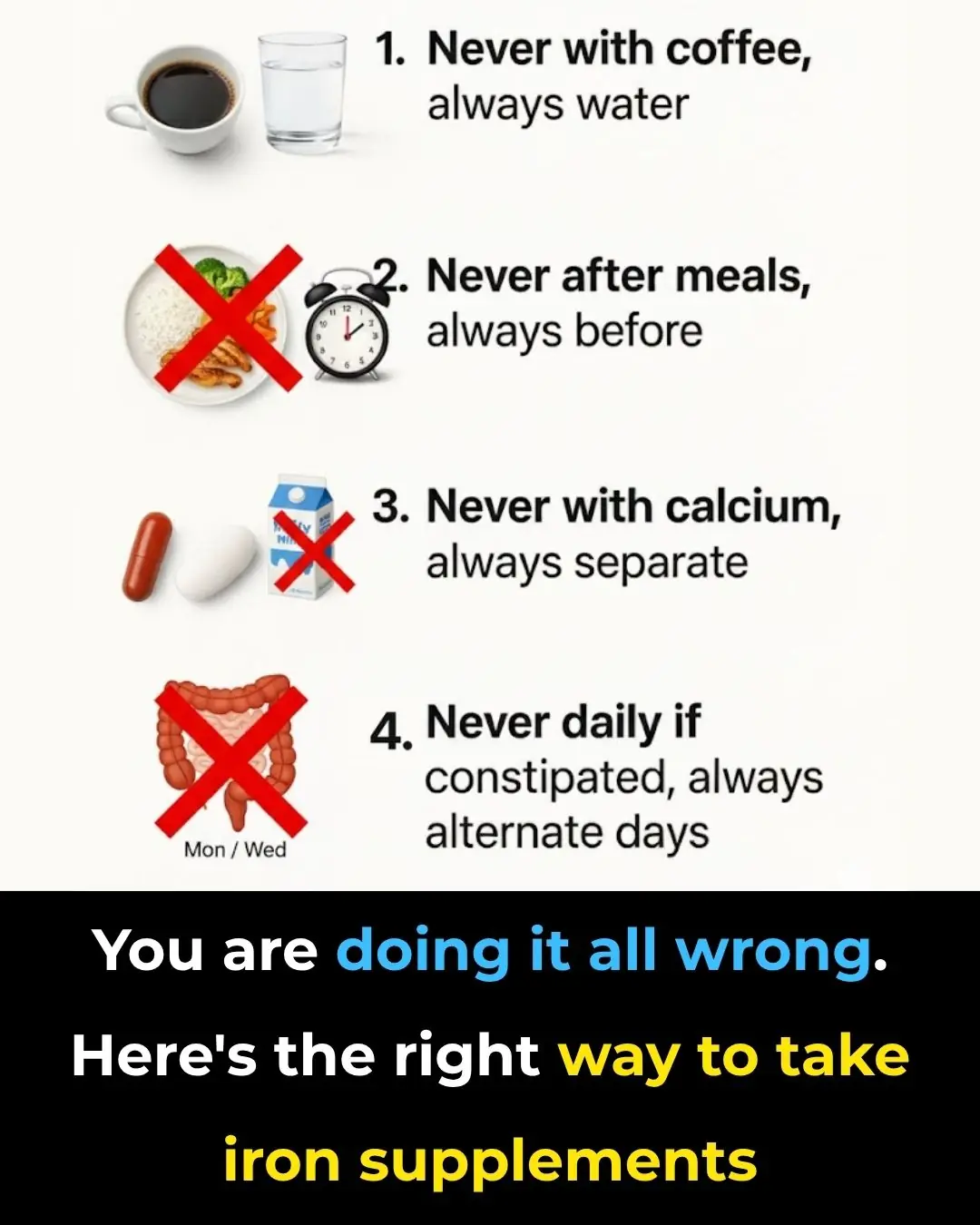
You’re Taking Iron Supplements Wrong — Here’s the Science-Backed Way to Do It Right

Nana’s Baking Soda Hack: The Surprisingly Effective Trick to Soften and Thin Thick Toenails

Never Mix Medications in One Box: 10 Serious Risks Most People Don’t Know

The Right Way to Take Ashwagandha: A Science-Backed Guide to Unlock Its Full Potential
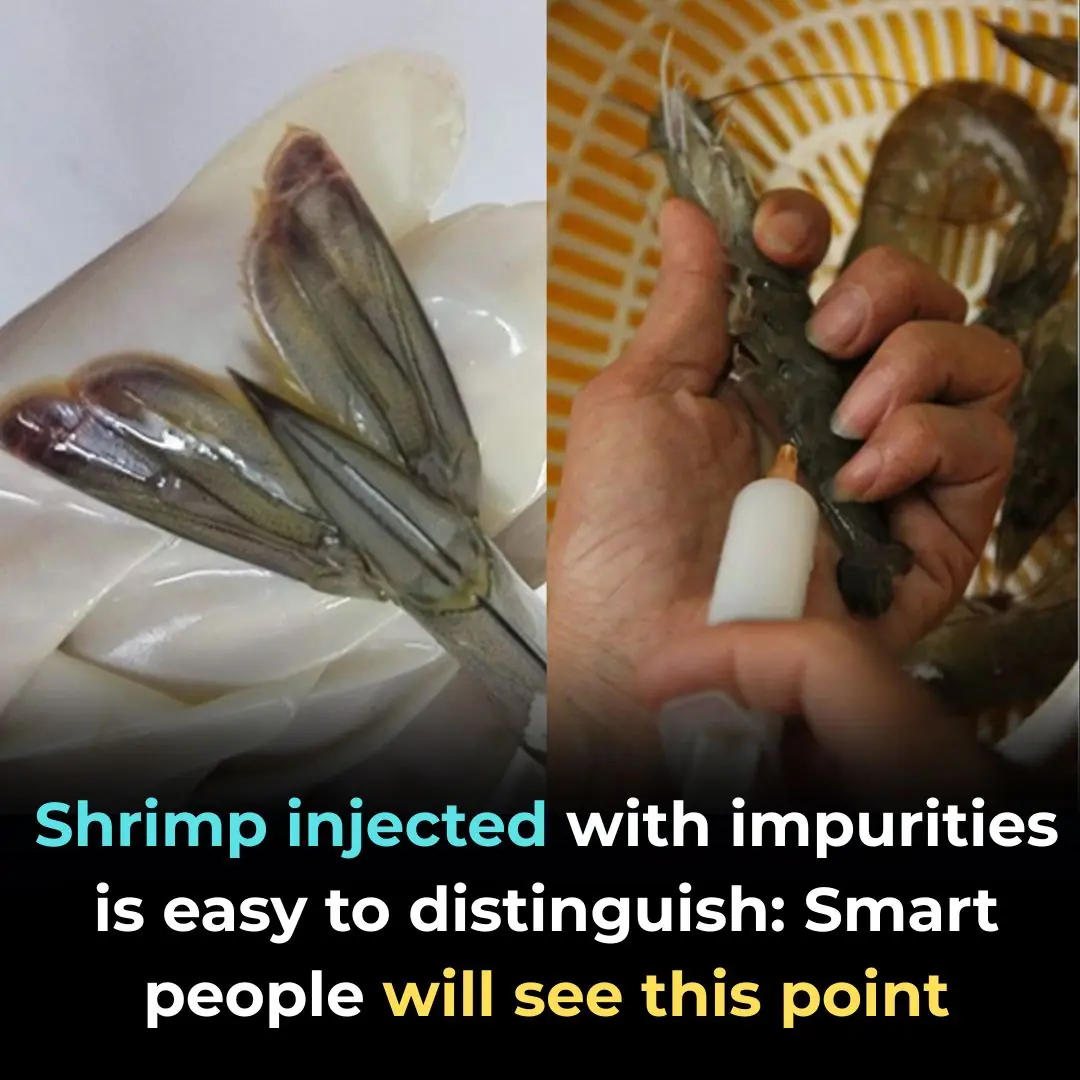
Shrimp injected with impurities is easy to distinguish: Smart people will see this point
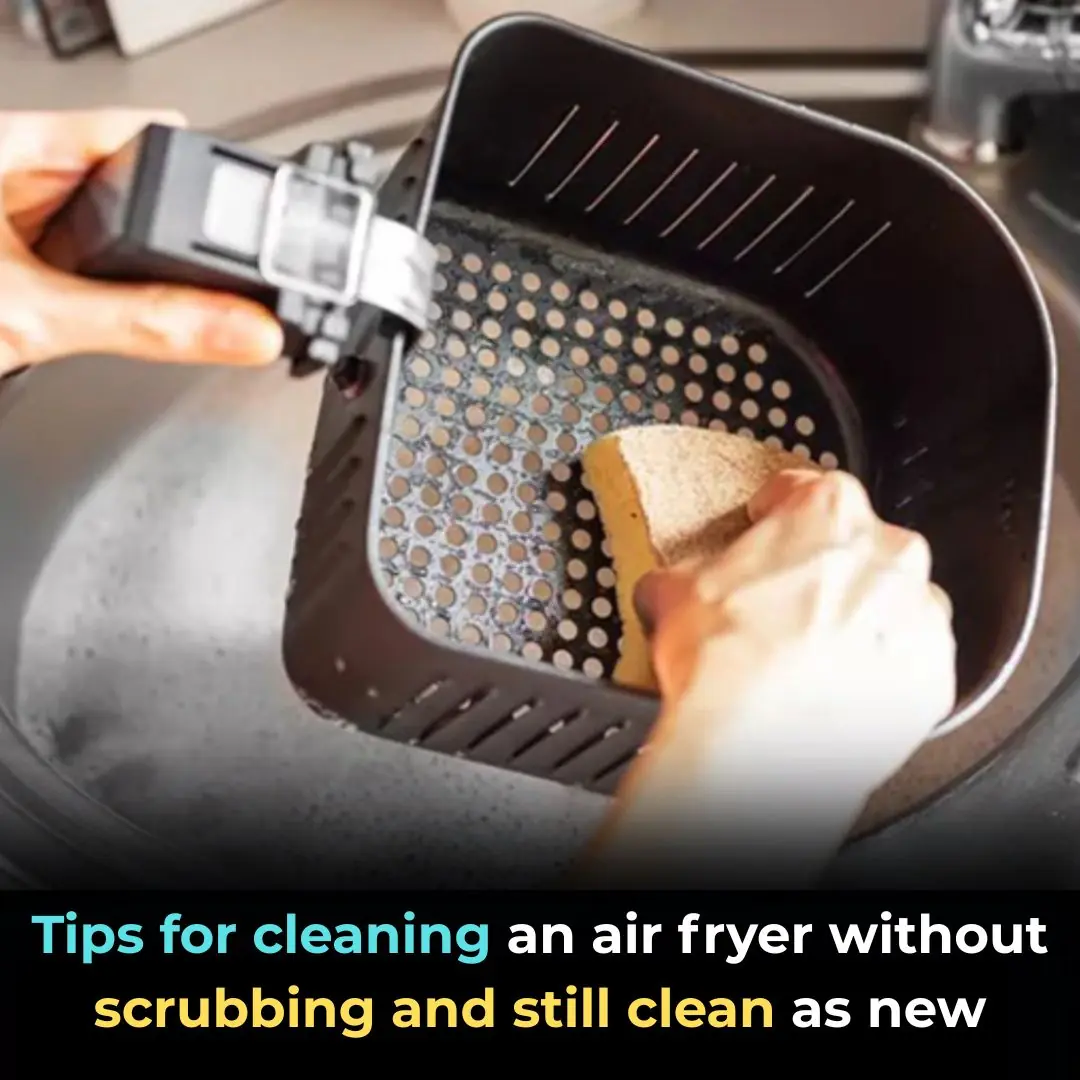
Tips for cleaning an air fryer without scrubbing and still clean as new
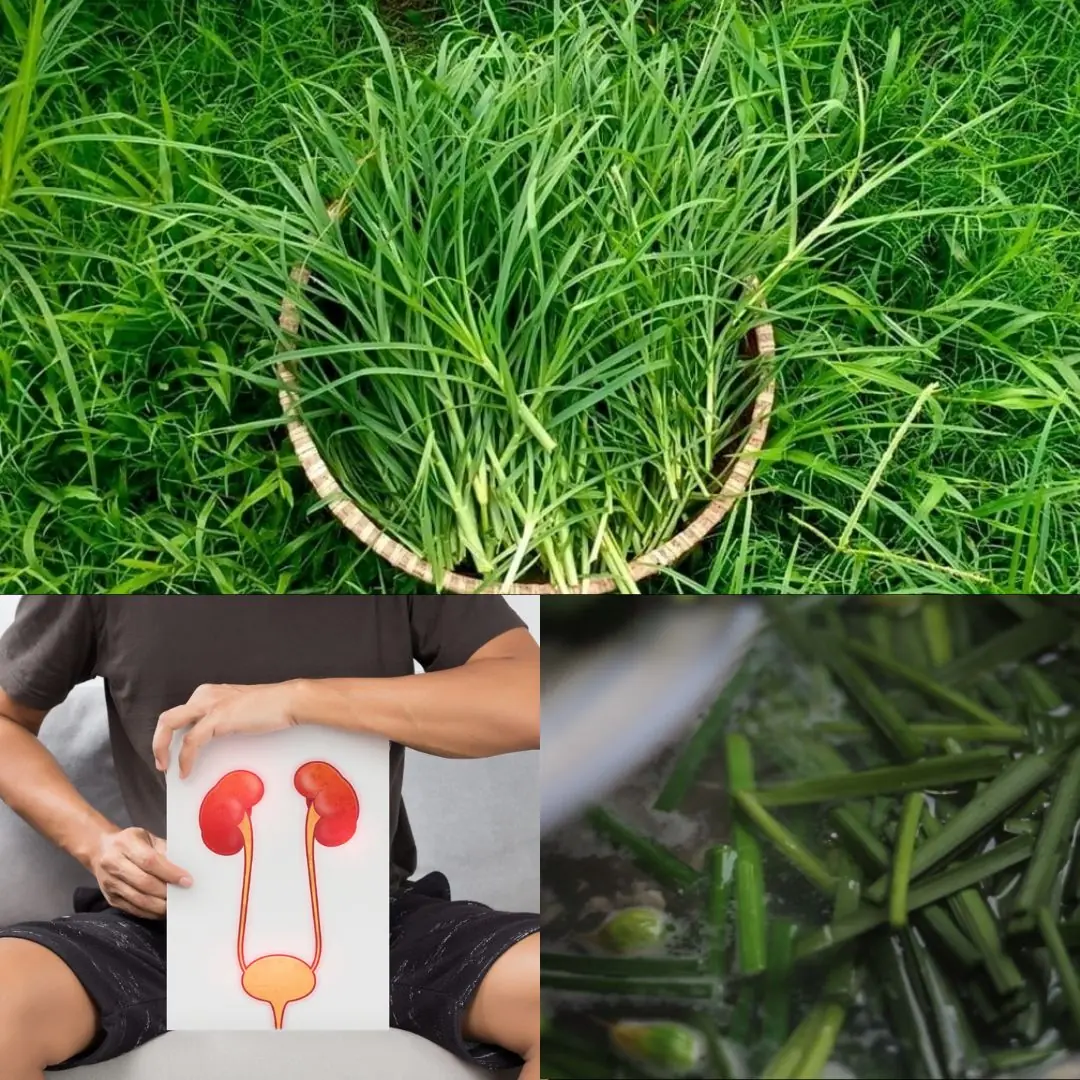
25 Incredible Health Benefits of Goosegrass

The water pipe is clogged, just blame this and it will be solved easily, no need to waste money calling a plumber.

How to clean the bathroom easily and effortlessly: It will stay clean and fragrant all week long

Simple tips for making crispy roast pork skin without much effort: Golden brown, crispy skin like in restaurants

How bathing too often can affect your health

Dirty sofa, do not use wet towel to wipe: Use this to clean it, it will not be damaged
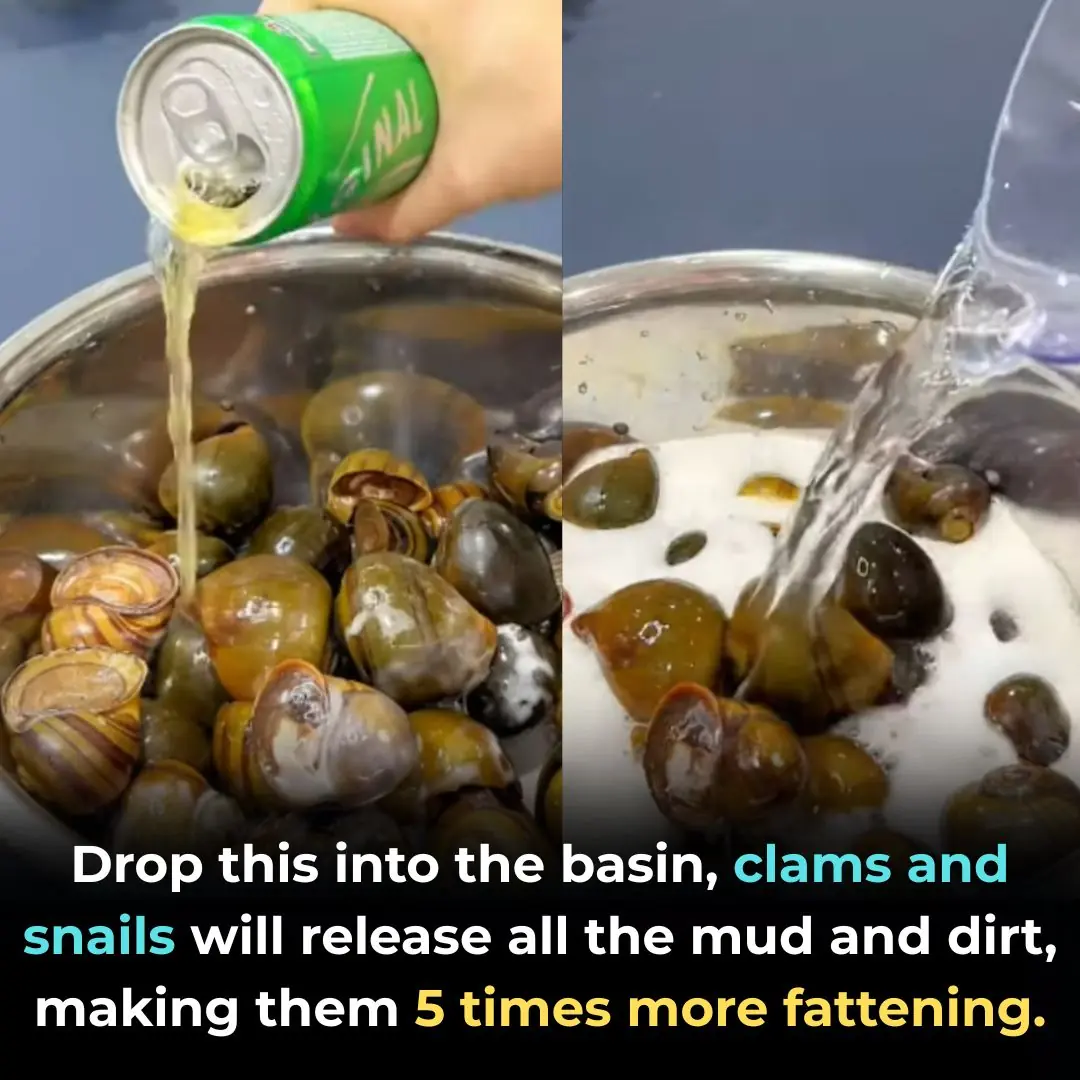
Drop this into the basin, clams and snails will release all the mud and dirt, making them 5 times more fattening.
